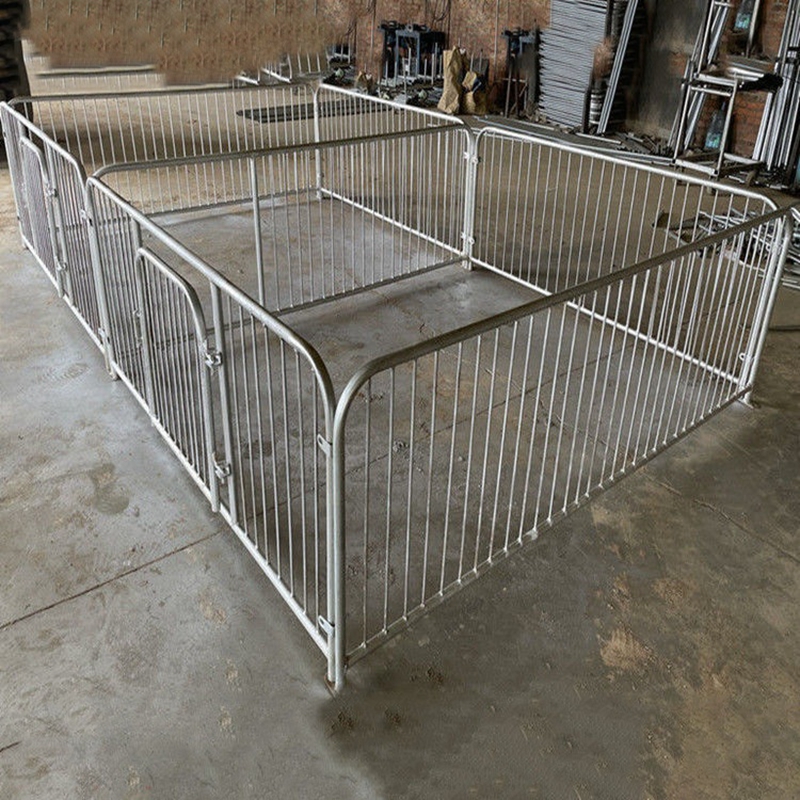small pellet feed making machine
Nov . 22, 2024 09:06 Back to list
small pellet feed making machine
The Evolution of Small Pellet Feed Making Machines
In the world of animal husbandry and aquaculture, the demand for high-quality feed has never been more pressing. As the industry seeks to optimize feed efficiency and nutritional value, small pellet feed making machines have emerged as essential tools for small and medium-sized enterprises (SMEs) as well as individual farmers. This article explores the significance, functioning, and advantages of these machines, highlighting their crucial role in sustainable agriculture.
Small pellet feed making machines are designed to convert raw agricultural by-products, grains, and feed ingredients into uniform pellets. These pellets offer several benefits over traditional feed forms. They are easier to handle, transport, and store due to their compact size. Moreover, pellets can reduce feed wastage and improve feed conversion rates in animals, leading to better growth performance.
How Do They Work?
The operation of small pellet feed making machines primarily involves three key stages grinding, mixing, and pelleting. First, raw materials such as corn, soybeans, or other local grains are ground into a fine powder using a grinder. This step is crucial, as it ensures uniformity in particle size, facilitating better mixing and pelleting. Following this, the ground materials are blended with essential nutrients, vitamins, and minerals to create a balanced diet for the target species, whether it's poultry, livestock, or fish.
Once the mixture is prepared, it is fed into the pellet mill. This machine uses mechanical pressure and heat to extrude the feed mixture through a die, forming it into small, cylindrical pellets. The temperature during this process not only shapes the pellets but also helps in the destruction of harmful pathogens, thereby enhancing the safety and shelf life of the feed. After pelleting, the pellets are cooled, dried, and finally packed for storage or distribution.
small pellet feed making machine

Advantages of Small Pellet Feed Making Machines
1. Cost-Effective and Efficient One of the primary advantages of investing in a small pellet feed making machine is the cost efficiency it brings. Farmers can produce their own feed, thus reducing dependence on commercial feed and transportation costs. This autonomy allows for better control over feed quality and formulation, tailored to the specific needs of their animals.
2. Sustainability With growing concerns over food waste and environmental impact, small pellet feed making machines contribute to sustainability by utilizing by-products and surplus raw materials. Farmers can recycle grains and crop residues that may otherwise go to waste, converting them into nutritious animal feed.
3. Improved Nutritional Value The pelleting process increases digestibility and nutrient absorption, leading to healthier livestock and improved production rates. This aspect is particularly significant in aquaculture, where feed efficiency can directly influence growth rates and economic returns.
4. Versatility Small pellet feed making machines can produce various types of pellets, accommodating different animal species and dietary needs. Whether for poultry, pigs, cattle, or fish, the flexibility in formulation options allows farmers to enhance their feeding strategies based on market demands.
In conclusion, small pellet feed making machines are revolutionizing the way farmers approach animal nutrition. With their ability to produce efficient, high-quality feed at a lower cost, these machines not only foster economic growth among smallholders but also advance the principles of sustainability in agriculture. As the global population continues to rise, the importance of innovative feeding solutions like these will only grow, making them indispensable in the quest for a food-secure future.
-
Hot Sale 24 & 18 Door Rabbit Cages - Premium Breeding Solutions
NewsJul.25,2025
-
Automatic Feeding Line System Pan Feeder Nipple Drinker - Anping County Yize Metal Products Co., Ltd.
NewsJul.21,2025
-
Automatic Feeding Line System Pan Feeder Nipple Drinker - Anping County Yize Metal Products Co., Ltd.
NewsJul.21,2025
-
Automatic Feeding Line System - Anping Yize | Precision & Nipple
NewsJul.21,2025
-
Automatic Feeding Line System - Anping Yize | Precision & Nipple
NewsJul.21,2025
-
Automatic Feeding Line System-Anping County Yize Metal Products Co., Ltd.|Efficient Feed Distribution&Customized Animal Farming Solutions
NewsJul.21,2025






